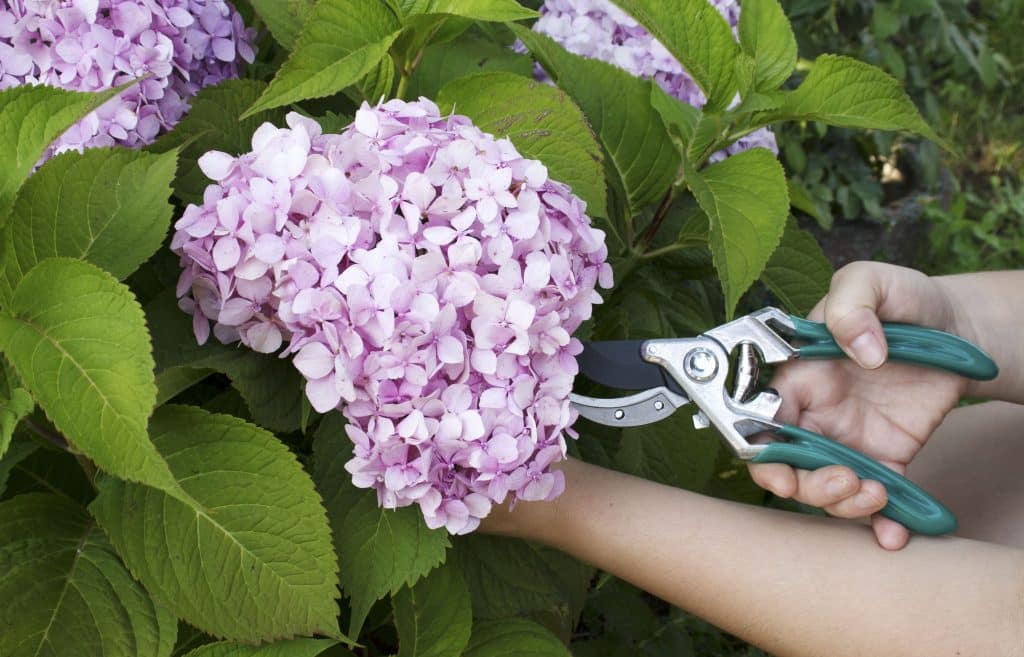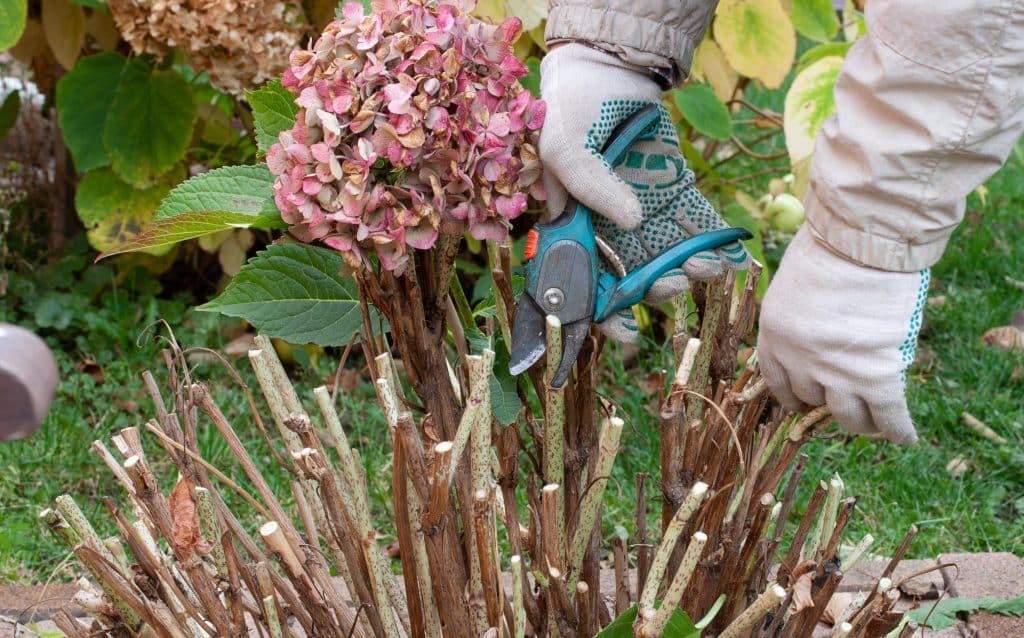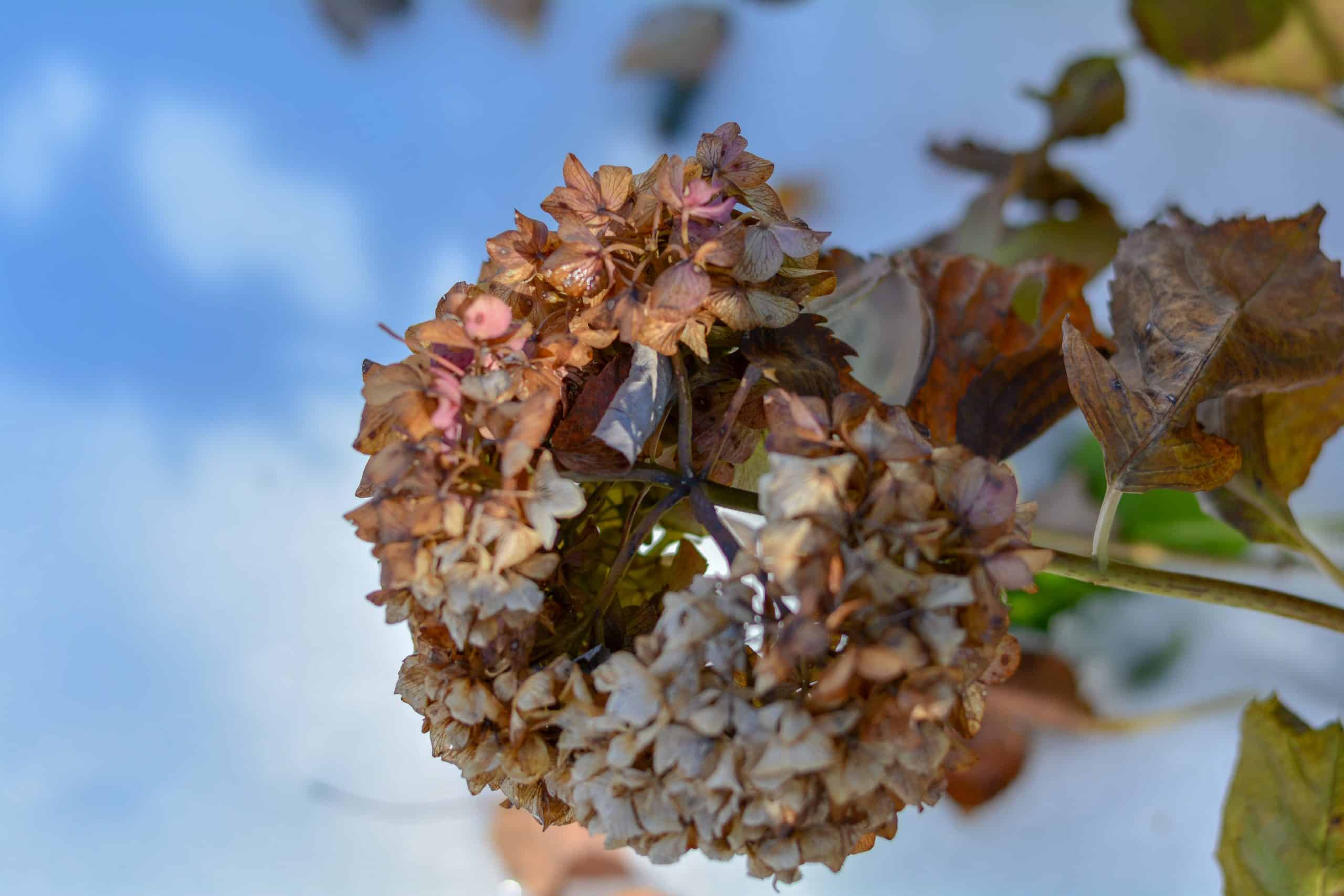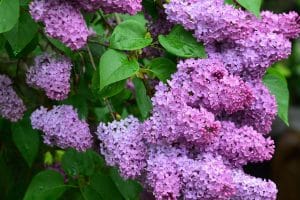As the fall weather settles in, our gardens start to shift into a slower pace, but there’s still some work to be done to keep everything looking its best for the next growing season. One important task is pruning hydrangeas. With their stunning blooms and lush foliage, hydrangeas can be the stars of a garden, but they need the right care to thrive year after year. With years of experience in pruning, our team wants to share the importance of it when it comes to hydrangeas, and how it can keep your landscape healthy during the fall and into the future spring season.
Why Are Hydrangeas Popular?
Hydrangeas are some of the most beloved flowering shrubs in landscaping, and it’s easy to see why. Known for their large, colorful blooms, hydrangeas can make a bold statement in your garden with minimal effort. Their flowers can range in color from soft pinks and purples to vibrant blues, and some change depending on the soil’s pH.
These flowers start appearing in spring and last through summer, providing long-lasting color in gardens, yards, and borders. Hydrangeas also come in several varieties, from large, rounded “mophead” types to more delicate, cone-shaped blooms, so they fit nicely into a variety of garden designs. In the fall, hydrangeas turn into even more of a spectacle as their foliage shifts to warm autumn hues before they settle down for winter.
Most hydrangeas are deciduous, meaning they lose their leaves in the colder months and regrow them in spring. As they prepare to go dormant, pruning becomes an important step for keeping them healthy, encouraging future blooms, and giving your landscape a tidy appearance through the cooler months.

Why Pruning Hydrangeas in Fall Matters
Pruning might sound like tedious work, but for hydrangeas, it’s incredibly helpful! With just a little care, you can ensure that your hydrangeas will bloom better and grow healthier year after year. Here’s why pruning hydrangeas is worth it:
Promotes Healthier Growth
Cutting away old or dead wood allows your hydrangeas to focus their energy on developing new growth and future blooms. When pruned correctly, your hydrangeas will look fuller and healthier when they return.
Shapes Your Plants
Pruning helps keep hydrangeas looking neat, balanced, and shapely. This not only enhances your landscape design but prevents the plants from growing out of control and taking up too much space.
Reduces Disease and Pest Issues
Thinning out branches can improve airflow, which reduces the chances of fungal infections that thrive in damp conditions. Removing damaged wood also helps keep pests away.
Maximizes Bloom Potential
Pruning encourages more blooms. Different types of hydrangeas set buds differently, so knowing how and when to prune them can help ensure a more beautiful bloom next season.

Types of Hydrangeas and Their Pruning Needs
Hydrangeas aren’t all the same, and each type has its own needs when it comes to pruning.
1. Bigleaf Hydrangeas (Hydrangea macrophylla)
Bigleaf hydrangeas are some of the most recognizable types, known for their large, round blooms in blue, pink, and purple. They bloom on “old wood,” meaning they set their flower buds on growth from the previous season. In fall, it’s best to focus on removing dead or weak branches, but avoid cutting back too much, at risk of reducing next year’s blooms. For shaping or size control, wait until after they flower in late spring.
2. Panicle Hydrangeas (Hydrangea paniculata)
Panicle hydrangeas are easygoing when it comes to pruning because they bloom on “new wood,” which is growth from the current season. This makes them perfect for a more substantial fall pruning. Cutting them back by about one-third helps control their size, strengthens their branches, and encourages fuller, beautiful blooms come spring.
3. Smooth Hydrangeas (Hydrangea arborescens)
Smooth hydrangeas, known for their large white or pink blooms, also bloom on new wood. You can prune them back in the fall without worry, which keeps them looking full and prevents legginess. They tend to respond well to regular trimming and produce bigger, healthier blooms as a result.
4. Oakleaf Hydrangeas (Hydrangea quercifolia)
Oakleaf hydrangeas stand out with their unique leaf shape and textured foliage, which turns beautiful colors in fall. These plants bloom on old wood, so avoid heavy pruning. In the fall, it’s best to only remove dead or damaged wood, saving more extensive pruning for after they bloom in early summer.
Enjoy a Blooming Landscape Next Year
Fall is a great time to prepare your landscape for a beautiful, fresh start in the spring. If pruning sounds like a bit more than you want to take on, don’t worry! With Oasis Landscapes & Irrigation by your side, you can feel confident that your hydrangeas—and your entire landscape—will look their best all year long. Let us handle the fall pruning so you can relax and look forward to a stunning, healthy garden.
Contact us today to learn more about our corrective pruning services and how we can make your landscape shine! With a little extra care in the fall, you’ll be able to enjoy a vibrant, blooming landscape that’s ready to impress.








